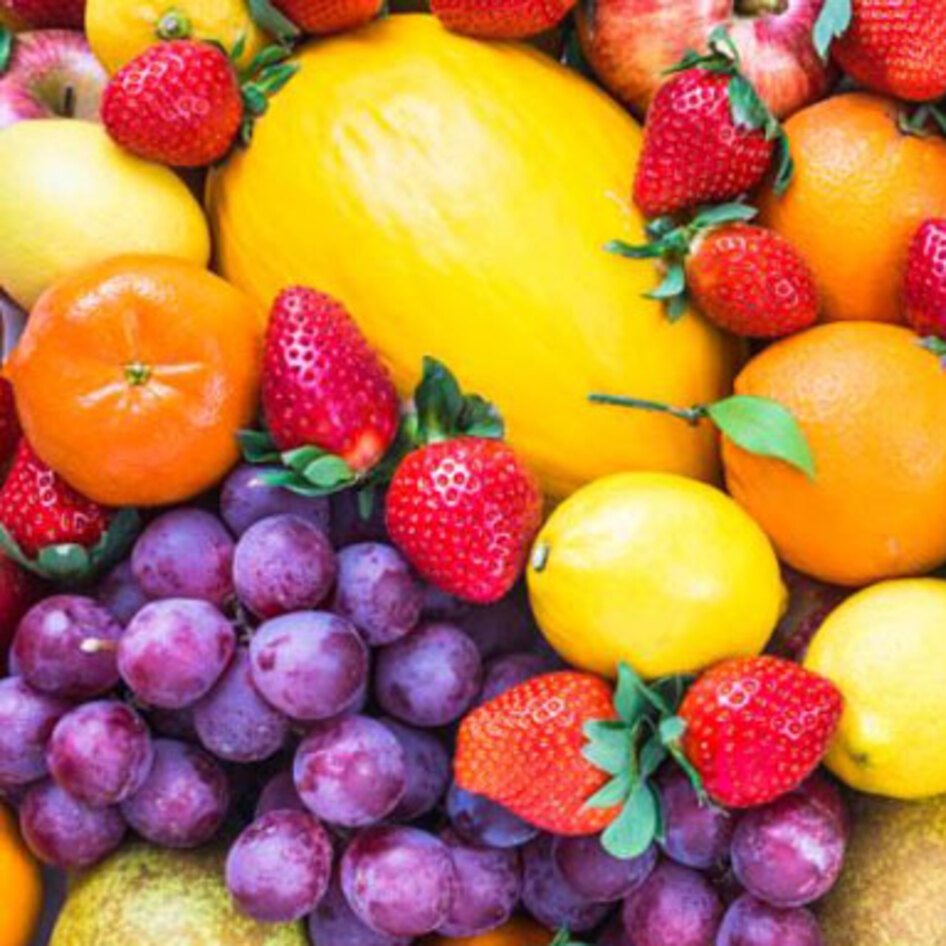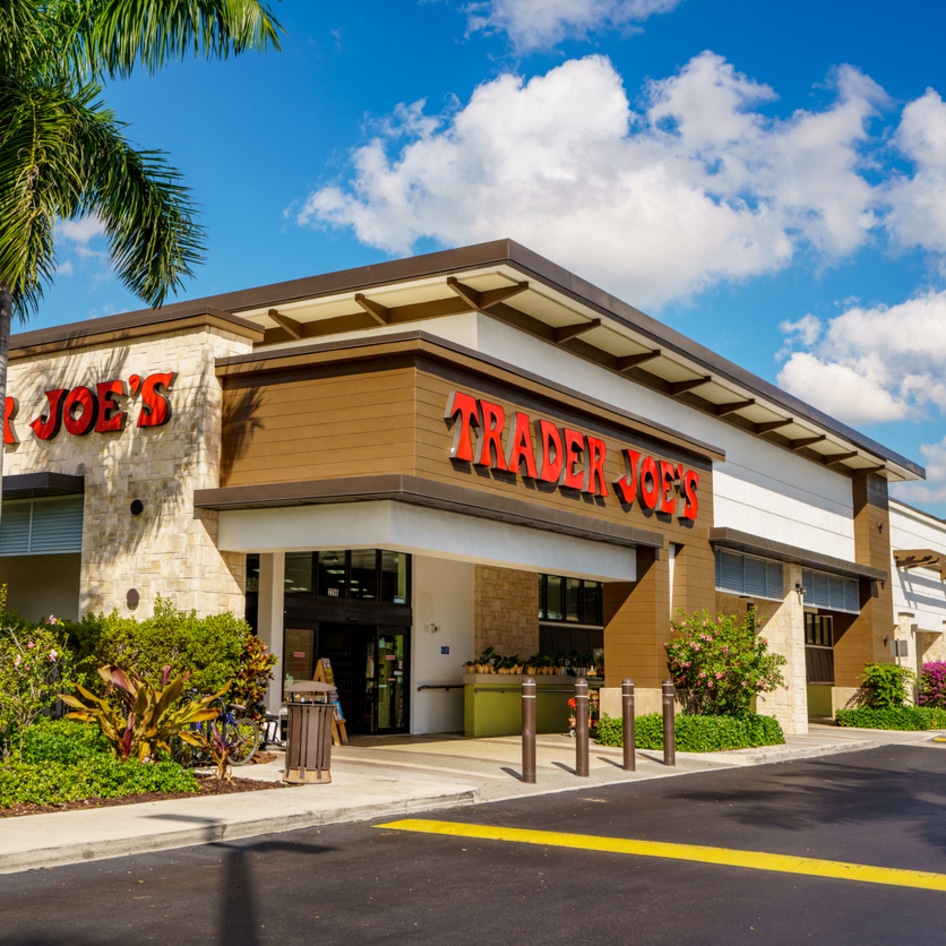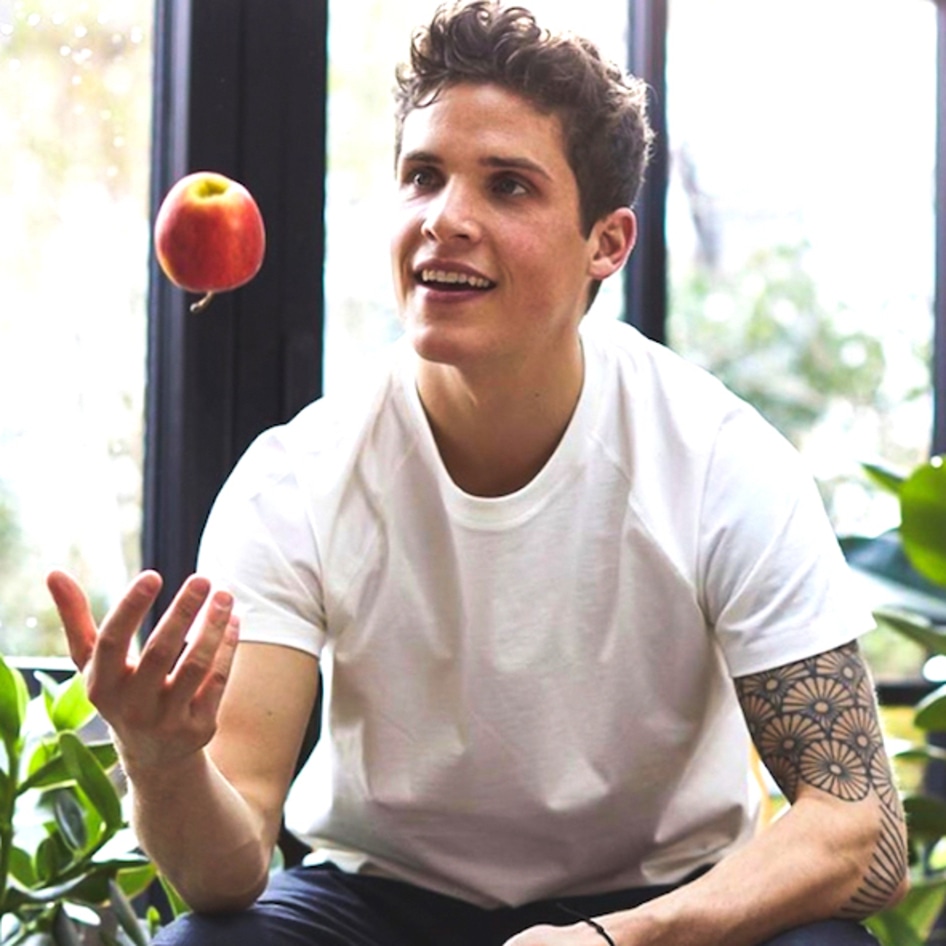If You’re a Broke Vegan Student, Read This
Being vegan and a student can be accomplished by shopping at stores that fit in your budget.
April 3, 2018
If you’re anything like the average American, you’ve often left a grocery store asking yourself how you spent so much money. While high prices are dilemmas for every shopper, paying too much for food is even more problematic for college students, who must continually be aware of how much they spend on food. Sure, students would love to shop exclusively at high-end outlets such as Whole Foods Market, but one trip to big-box stores and discount outlets can remind students that eating vegan can be as expensive—or affordable—as we want it to be. With this price difference in mind, we’ve established a list of cruelty-free grocery essentials that, when combined creatively, can make delicious and cost-efficient meals.
Disclaimer: This shopping list is an example of weekly ingredients, not one you have to follow exactly. In addition, the grocery stores are representative, but not exactly the stores you might have in your area. Whole Foods Market is higher end, Trader Joe’s middle level, Smart & Final low level, and Food 4 Less is bargain, but all of these outlets are high quality. Also, prices and the examination that follows reflect the season, availability, and location.
The list
While we are fully aware that vegans eat an array of foods, we’ve narrowed our list to some essentials. These include 12 ounces of oatmeal, eight bananas, one six-ounce pack of blueberries, one pound of pinto beans, one pound of short-grain brown rice, two bunches of kale, four yams, four avocados, one bag of Brussels sprouts, one bunch of cilantro, one bunch of green onions, and one head of broccoli. This list is intentionally simple because it allows for creativity. For example, based on these foods, you can start your day with oatmeal, blueberries, and banana, and for lunch and/or dinner have bowls with beans and rice topped with any assortment of yams, avocado, cilantro, or green onions, and a side of roasted Brussels sprouts or steamed broccoli.
Where to shop
Now that you know what you’re buying, a question arises: to maximize your dollar, where should you shop? Based on the ingredients listed above, here’s what we discovered. At Whole Foods, shoppers can expect to pay approximately $37 for organic varieties and approximately $33 for non-organic products. Compare these figures to Trader Joe’s, where organic foods cost approximately $33 and $31 for non-organic, and already you see a difference. Furthermore, organic foods at Smart & Final costs approximately $27, while the shoppers can expect to pay nearly $23 for non-organic versions. These numbers drop to slightly above $21 at a market such as Food 4 Less. As you can see, when focusing on organic food, there is a 72-percent increase between the total cost of the shopping list at Food 4 Less and at Whole Foods, and a 55-percent increase between the cost at non-organic foods at Food 4 Less and Whole Foods. To put it into perspective, you could almost shop twice at Food 4 Less to equal Whole Foods’ amount.
Does more expensive mean better health?
Some people might argue that shopping at higher-end stores is more expensive because you are paying for quality, while others believe that higher-end stores are great places to shop for hard-to-find products, superfoods, and items not generally stocked at mainstream markets. While both of these beliefs have merit, budget shoppers should remember that fueling your body does not come with a price tag. Even more important to remember is the fact that spending more money does not guarantee optimal health.
Keep it simple
In order to navigate the world of grocery shopping, remember to keep things simple. Eating nothing but organic, non-GMO foods is ideal, but if you’re on a budget, sometimes those options aren’t available. If this sounds like your situation, don’t beat yourself up for shopping at stores you can afford. In doing so, you will show meat-eaters that the cost of a vegan lifestyle need not break your bank while reminding herbivores that eating affordable does not mean noodles and frozen pizza. So, shop smart at grocery stores that are cost-effective but still high quality, and establish a shopping list that you will stick to so that you do not buy anything unexpected. Above all, plan ahead, and you will be able fuel your body properly.
Jarod Contreras is a 19-year old vegan ultrarunner who recently completed his first 100-mile race, and founder/host of the Touching the Trail Podcast and Touching the Trail website.
JUMP TO ... Latest News | Recipes | Guides | Health | Subscribe







